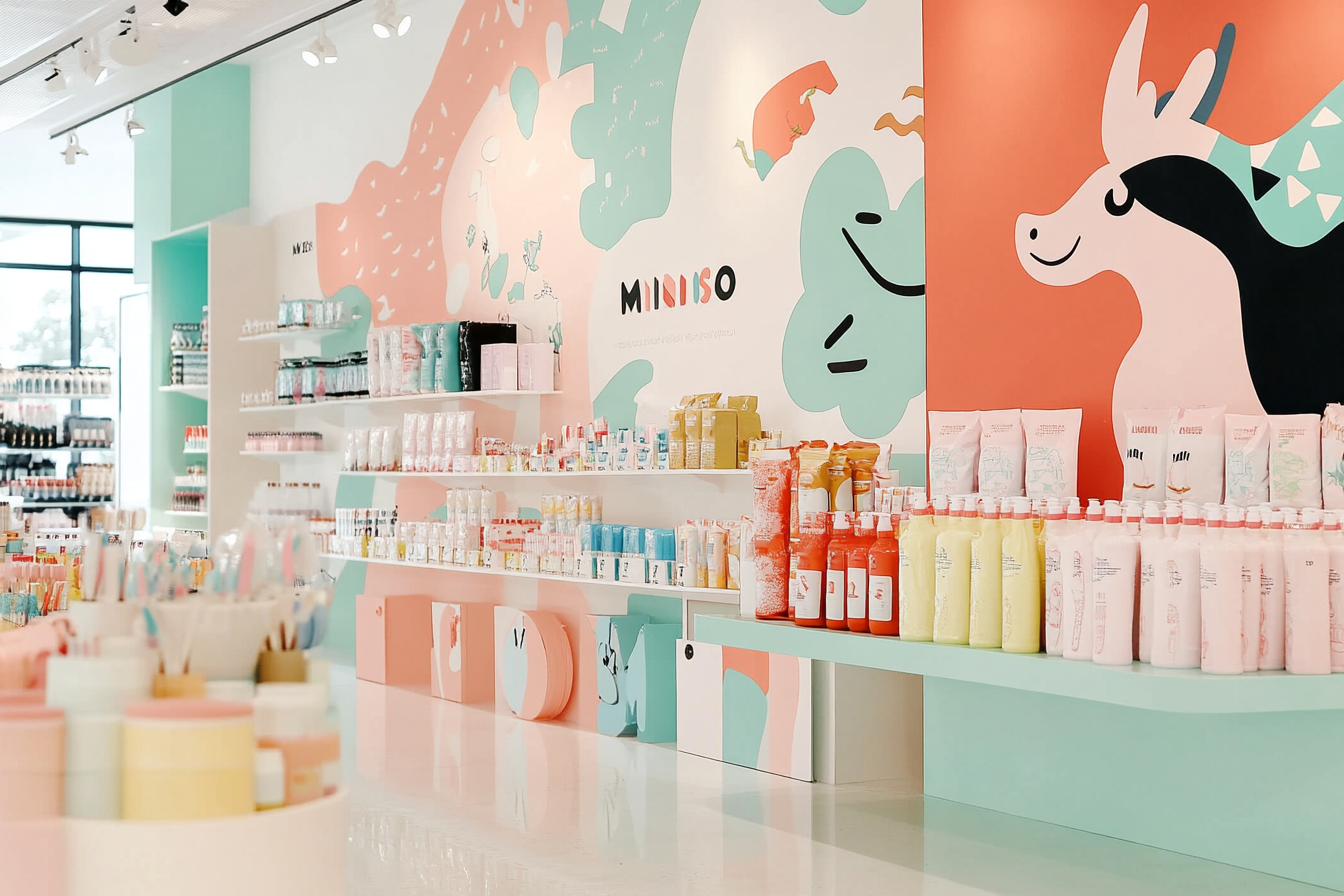
Miniso’s Strategic Triumph in Indonesia 6 Key Insights
Miniso's Success in Indonesia: A Comprehensive Strategy Analysis
Miniso's expansion in Indonesia can be attributed to several strategic and execution measures. This article provides a detailed analysis of these strategies.
Localization Strategy
When entering the Indonesian market, Miniso embraced a long-term "localization" strategy, which is comprised of two main aspects: operational localization and marketing localization.
-
Operational Localization: Miniso established a special task force to thoroughly understand the unique aspects of the local market and develop products tailored to the consumption characteristics of different countries. For instance, the Indonesian team provides monthly feedback to headquarters regarding product development needs. After evaluation, headquarters develops these products, and if their sales perform well, they are added as long-term offerings [3].
-
Marketing Localization: Miniso aligns its marketing efforts with local festivals and consumption patterns. In Indonesia, there are two regular promotional cycles every month, both aligned with paydays. This strategy helps Miniso deeply interpret its "happy philosophy" business approach.
Store Expansion and Layout
Miniso's store expansion in Indonesia has been rapid. Since entering the Indonesian market in 2017, Miniso has opened nearly 300 stores across 131 cities, covering Indonesia's six main islands. The company plans to increase the number of stores to 1,000 within five years.
The World's Largest Store
In August of this year, Miniso opened its largest global store in Indonesia at the Central Park Mall in Jakarta. Covering approximately 3,000 square meters, it features eight product category zones and a special IP zone. Designed with the concept of a "magical castle playground," the store offers an immersive space for shopping, leisure, and entertainment. On its opening day, the store achieved a record-breaking sales figure of 1.18 million RMB, setting a new sales milestone for Miniso worldwide.
Product Strategy and Supply Chain
Miniso's product strategy integrates multi-category coverage with a localized supply chain approach.
-
Multi-Category Coverage: Stores offer a variety of categories, such as beauty, toys, snacks, and home goods, satisfying consumers' diverse needs in a one-stop shopping experience. The Indonesian market boasts a full-chain SKU of over 10,000, with an average of 3,000 SKUs per store.
-
Localized Supply Chain: Miniso combines Chinese supply chain elements with Indonesian local suppliers. Approximately 30% of the products are sourced from local suppliers, enhancing efficiency and consumer experience. For example, affordable perfumes are manufactured by Indonesian suppliers, while the premium perfumes are imported from China.
IP Strategy
Miniso initiated its IP strategy in 2016, which laid a solid foundation for its overseas market expansion. By collaborating with famous IPs such as Sanrio, Disney, Loopy, One Piece, and Chiikawa, Miniso launches numerous IP-branded products in stores, attracting an increasing number of consumers daily. The company has also opened several themed stores in Singapore and Vietnam, showcasing impressive sales performances.
Marketing and Brand Promotion
Miniso's marketing strategies in Indonesia have proven highly effective. The company has enlisted a local celebrity, Prilly Latuconsina, as their perfume spokesperson, capitalizing on her popularity to boost brand recognition. Furthermore, aligning marketing campaigns with local festivals and cultural customs strengthens the brand's emotional connection with local consumers.
Conclusion
Miniso's success in Indonesia can be attributed to its in-depth localization strategies, rapid store expansion, wide product category coverage, localized supply chain, effective IP strategy, and localized marketing efforts. These measures have led to Miniso's steady growth in the Indonesian market, establishing it as a beloved "national brand" among local consumers.
References
co-Founder of Pongo
 English
English 



